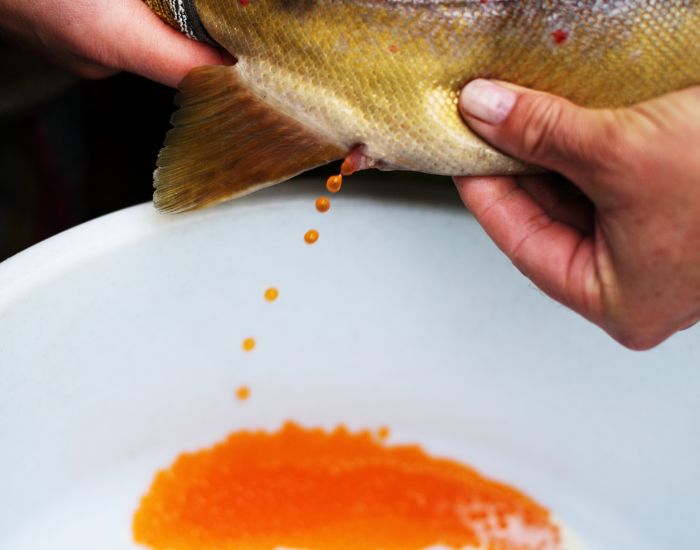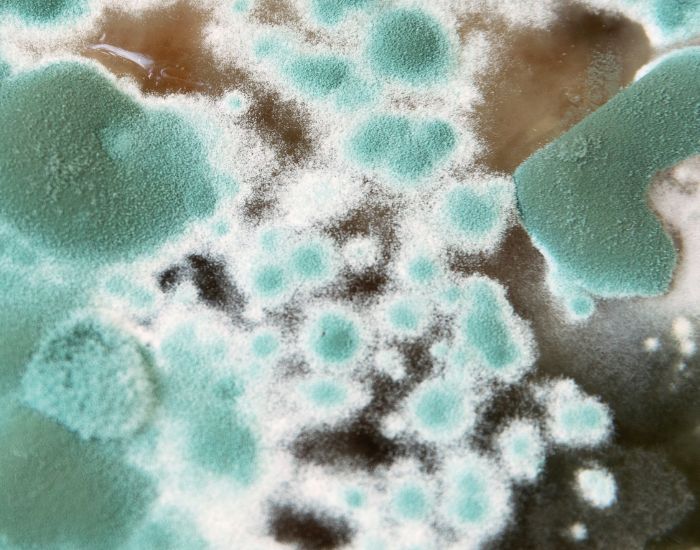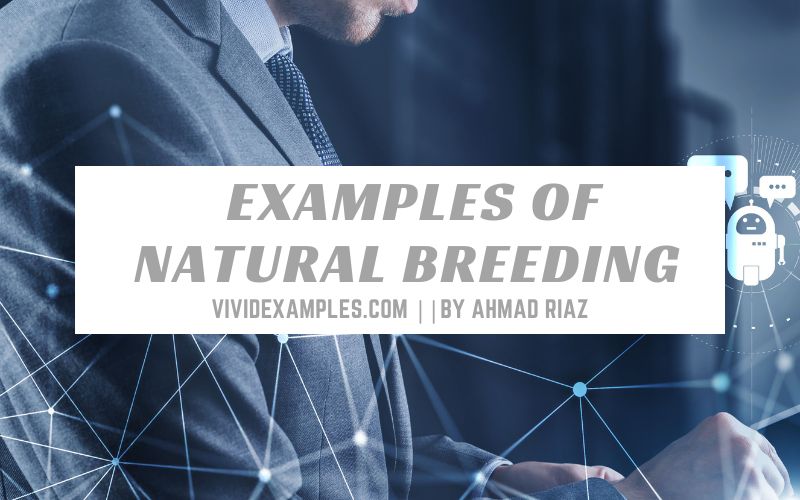Natural breeding, a process as old as life itself, is a remarkable mechanism that perpetuates genetic diversity in various species. Birds, animals, plants, mammals, fish, and insects are common examples of natural breeding.
Examples of Natural Breeding: A Closer Look at Nature’s Wonders
Natural breeding is a fascinating process that has shaped life on Earth for billions of years. It’s the driving force behind the diversity and adaptability of species. Let’s explore some examples of natural breeding in various species.
Birds: The Art of Selective Mating
Birds are known for their elaborate courtship rituals. For instance, the male peacock flaunts its vibrant tail feathers to attract a mate. This is a prime example of natural breeding where the healthiest and most attractive traits are passed on to the next generation.
Mammals: Survival of the Fittest
In the world of mammals, natural breeding often involves competition. Male lions, for example, compete for the right to breed with the pride of females. This ensures that only the strongest genes are passed on, contributing to the survival of the species.
Plants: Pollination and Propagation
Plants reproduce through a process called pollination, which can be considered a form of natural breeding. Bees, butterflies, and even the wind help in transferring pollen from the male parts of a flower to the female parts of another, leading to the creation of seeds.
Fish: Spawning Spectacles
Many fish species practice a breeding method known as spawning, where females release eggs into the water to be fertilized by males. This method increases the chances of survival for the offspring, as it produces a large number of eggs at once.
Insects: The Role of Pheromones
Insects, such as ants and bees, use pheromones for communication and mate attraction, playing a crucial role in natural breeding. Queen bees, for instance, release pheromones to attract drone bees for mating.

Reptiles: Temperature-Dependent Sex Determination
In many reptile species, such as certain types of turtles and crocodiles, the sex of the offspring is determined by the temperature at which the eggs are incubated. This is a unique example of natural breeding where environmental factors play a direct role in the propagation of the species.
Amphibians: External Fertilization
Amphibians, like frogs and toads, often use a method of reproduction called external fertilization. The female releases her eggs into the water, where the male then fertilizes them. This method allows for a large number of offspring to be produced at once, increasing the chances of survival for the species.
Arachnids: Dangerous Courtship
In many spider species, males must perform a careful courtship dance to avoid being eaten by the female. This risky behavior is a fascinating example of natural breeding, where the drive to reproduce can outweigh the threat of predation.
Fungi: Spore Dispersal
Fungi, including mushrooms, reproduce by releasing spores into the environment. These spores can travel great distances, carried by the wind or by animals, before settling in a suitable location to grow. This method of natural breeding allows fungi to colonize new areas and adapt to different environments.

Bacteria: Horizontal Gene Transfer
Bacteria have a unique method of natural breeding called horizontal gene transfer. Instead of reproducing sexually, bacteria can exchange genetic material directly with each other, allowing them to adapt quickly to changing conditions.
Marine Invertebrates: Broadcast Spawning
Marine invertebrates, such as sea urchins and corals, often use a method of reproduction known as broadcast spawning. They release their eggs and sperm into the water, where fertilization takes place. This method allows for a large number of offspring to be produced at once, increasing the chances of survival for the species.
Mollusks: Hermaphroditism
Many mollusks, like snails and slugs, are hermaphrodites, meaning they have both male and female reproductive organs. This allows them to mate with any individual of the species they encounter, increasing their chances of reproducing.
Butterflies: Pheromone Communication
Butterflies use pheromones for mate attraction, playing a crucial role in natural breeding. Female butterflies release pheromones that males can detect from miles away. Once the male locates the female, they perform a courtship dance before mating.
Trees: Wind Pollination
Many trees, such as pines and oaks, rely on wind pollination for reproduction. They produce lightweight pollen that can be carried by the wind to female flowers, where fertilization takes place. This method of natural breeding allows trees to spread their offspring over large distances.
Bats: Delayed Fertilization
Some bat species have a unique breeding strategy known as delayed fertilization. The females store the male’s sperm and delay fertilization until conditions are favorable for raising offspring. This strategy ensures that the young are born at a time when food is abundant.
I hope this article finds you well. Do not forget to subscribe newsletter for latest content.

